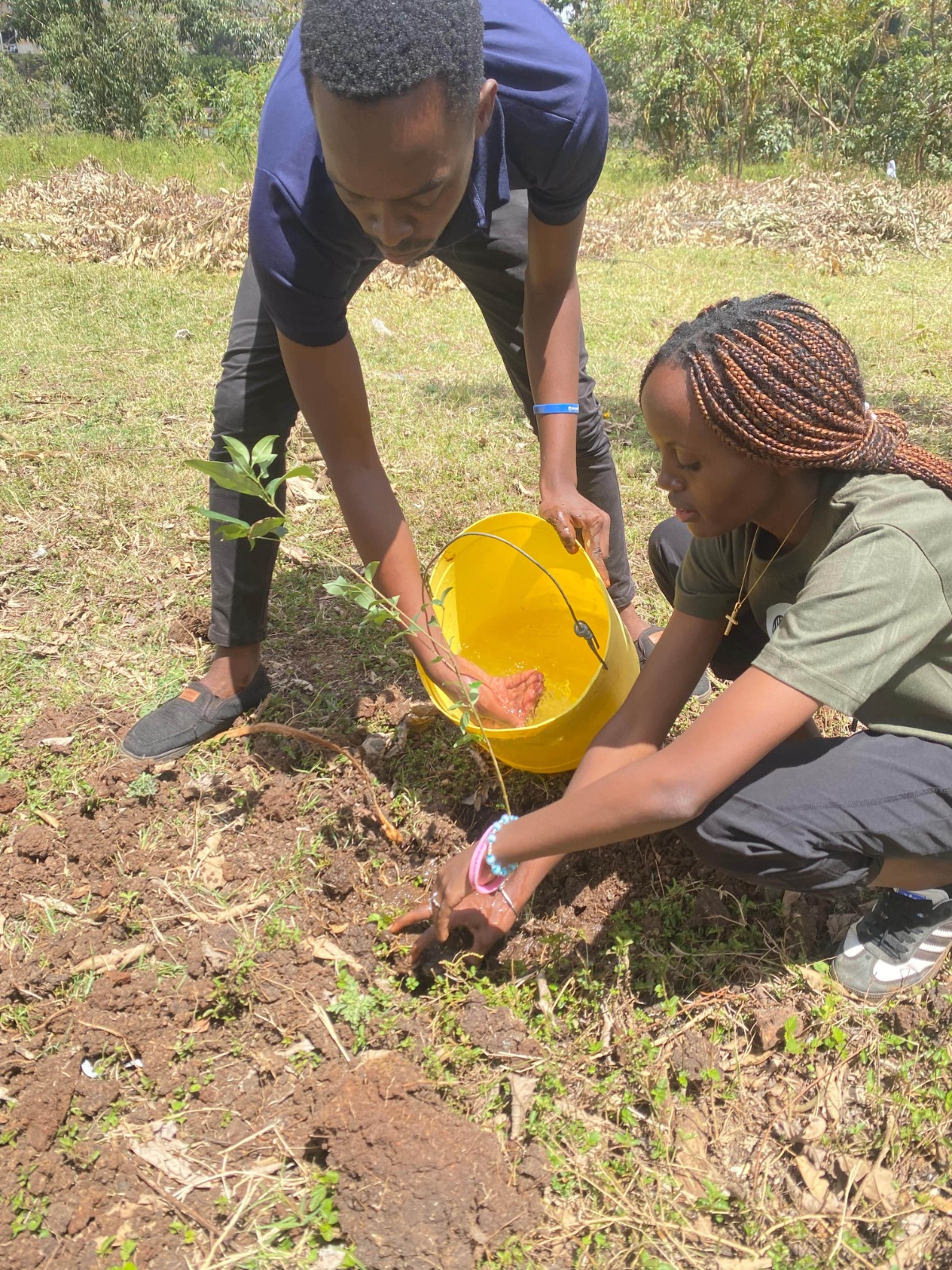Could this be the solution to male infertility? Chinese scientists create functional sperm from stem cells in lab

Scientists from China said Thursday they have finally succeeded in creating functioning sperm from mouse embryonic stem cells in the laboratory, a major scientific development that could some day lead to a treatment for male infertility in humans.
The researchers, who described their groundbreaking technique in the U.S. journal Cell Stem Cell, then successfully used the functional sperm cells to produce healthy mouse offspring, which went on to give birth to the next generation.
In a statement, co-senior study author Jiahao Sha of Nanjing Medical University said that “We established a robust, stepwise approach that recapitulates the formation of functional sperm-like cells in a dish.”
“So we think that it holds tremendous promise for treating male infertility.” Co-senior study auhtor XiaoYang Zhao of the Institute of Zoology at the Chinese Academy of Sciences, however, noted that before this technique is translated to the clinic, possible risks and species differences between mice and humans must be fully studied.
In an email to Xinhua, Zhao explained that it was too early to discuss the technique’s clinical use.
The researchers stated that the major cause of male infertility is the failure of precursor germ cells in the testes to undergo a type of cell division called meiosis to form functional sperm cells.
Several studies have reported the successful generation of precursor germ cells from stem cells, but the precursors then had to be injected the tests of sterile mice in order to create mature sperm.
In the new study, Sha teamed up with co-senior study authors XiaoYang Zhao and Qi Zhou of the Institute of Zoology to develop a stem cell-based method that fully recapitulates meiosis and produces functional sperm-like cells.
The first step was to expose mouse embryonic stem cells (ESCs) to a chemical cocktail, which coaxed the ESCs to turn into primordial germ cells. The researchers then mimicked the natural tissue environment of these precursor germ cells by exposing them to testicular cells as well as sex hormones testosterone.
Under these biologically relevant conditions, the ESC-derived primordial germ cells underwent complete meiosis, resulting in sperm-like cells with key features of meiosis, including correct nuclear DNA and chromosomal content.
The researchers planned to test their approach in other animals such as primates in anticipation of human studies in future.
Sha hoped that if the test was found successful and safe in humans, the platform could potentially generate fully functional sperm for artificial insemination or in vitro fertilization techniques.






